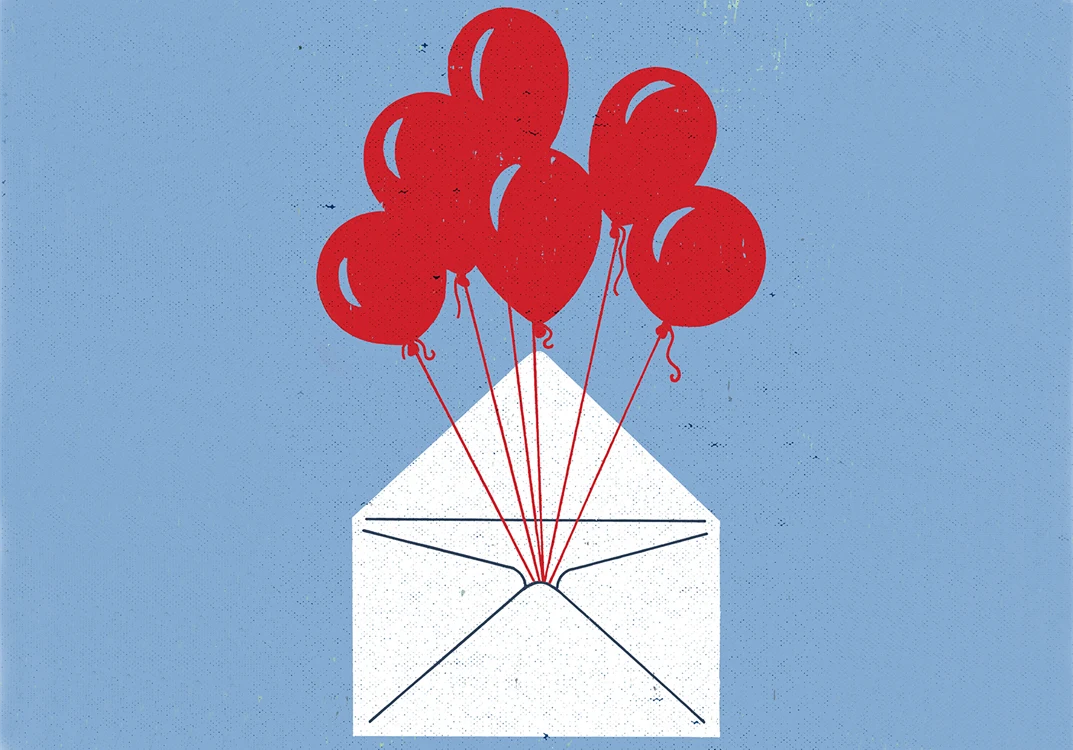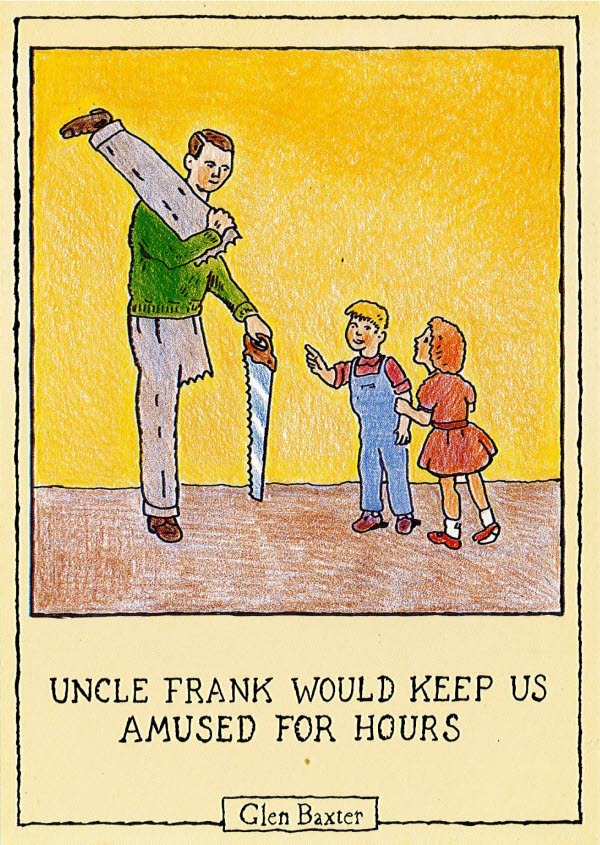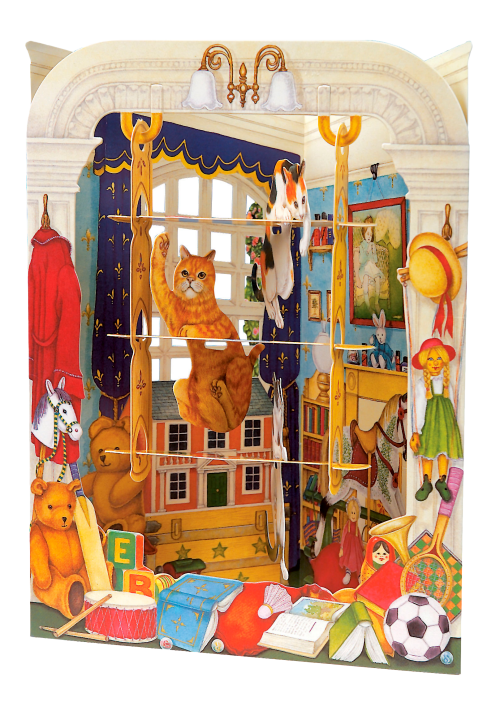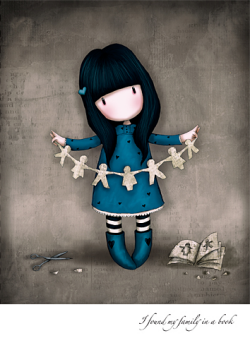One of the highlights of my childhood birthdays was the annual birthday card from my paternal grandparents. Every year it lay there in the bottom of our letterbox, always made of wood and with the text written in a curly, almost gothic style. Sometimes the card was actually a tiny box with an ingenious opening mechanism. Sometimes it came in the form of a tiny house with a greeting behind a door. It was always cleverly designed and not infrequently hid a banknote or lottery ticket behind a deceptive secret compartment. I understood that my grandfather had stood in his workshop for a long time to make the cards and that really meant a lot to me. Much more than 89 likes on Facebook.
The greeting card’s history is long and proud – it is said to have begun with new year greetings in ancient Egypt – but many people thought it would end in our new digital era. Who would invest time and energy in sending a physical greeting card when an SMS with a nice smiley is just a few keyboard taps away? The answer is: many, many people. In the US, seven billion greeting cards are sold every year; the average Briton buys 33 cards per year and in Sweden we send about 30 million cards around Christmas and New Year alone. The fact is that the development of digital technology appears to have strengthened the greeting card industry rather than killed it off. As a counter-reaction to getting our quick digital kicks in the form of likes and comments, we have begun to increasingly appreciate what is physical, slow and tangible. Mincing up meat for our own food, reading a printed newspaper at breakfast or receiving a physical card in the post is a luxury in our ever-more highly stressed and transient world.
In the UK, where people send the most greeting cards per capita, card sales were worth an incredible 1.75 billion pounds in 2016 alone. The popularity of greeting cards in the British Isles is said to have originated in the mid-19th century, when modern printing technology and new kinds of paper made it possible to mass produce cards with motifs created by the best illustrators of the age. That, together with a new, cheaper postal service, the penny post, created an explosion of interest.
“Ever since then, the market has been strong here in the UK and now it’s unusual for a week to go by without someone in a British household buying, sending or receiving a greeting card,” explains Lucio Santoro, CEO of one of the UK’s leading greeting card companies, Santoro Ltd. “British people are not known for expressing their emotions so openly in person as those of, say, Mediterranean cultures, but are extremely fond of expressing themselves through greeting cards.”
Cards from Santoro Ltd are known for their creative design and the company has helped to drive the trend towards creating more sophisticated and innovative greeting cards. Because a congratulations card can be far more than just a cute bear drawn on a two-dimensional piece of paper.
“Here at Santoro we strive to not do anything ‘normal’ or conventional,” Lucio says. “The red thread with us is the ambition to make something innovative and to challenge the existing norms, whether that is done with the help of a new material, a special printing technique or the way we construct the cards. The inspiration can come from anywhere – such as travel, new cultures, museums or fashion.”
What characterises a perfect greeting card?
“A perfect greeting card should reflect the personality of the individual who has sent it but it should also suit the recipient and create a deep, long-lasting memory. As a manufacturer, we must therefore devote a lot of attention to what form and size the card should have and how it should be printed and finished. The weight and thickness are also essential so it will react correctly when we fold and cut it. Finally, the words and emotions must fit with the chosen illustration.”
What’s your view on the future of greeting cards – will they still be around in 50 years?
“Wherever our society is in 50 years’ time, I’m convinced we will continue to use greeting cards to express our feelings. Despite the fast and never-ending amount of information coming from all our social media, greeting cards will survive. Digital messages disappear and are forgotten within a few seconds but a greeting card – especially if it’s beautiful and unique – will be put on display for several days, weeks or months, for the rest of a person’s life.”
Created 28 January, 2019.








